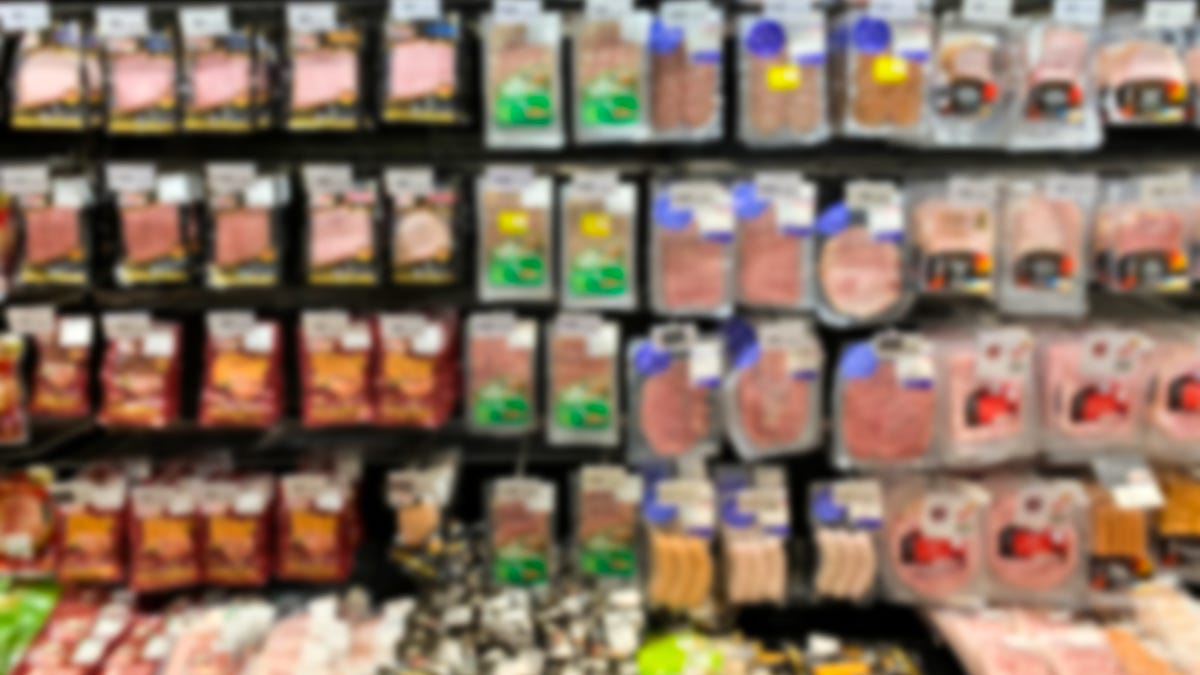Is that cereal box shrinking? Welcome to the confusing realm of shrinkflation.
Is your breakfast spread expanding, or is that cereal box just getting smaller?
Welcome to the puzzling concept of shrinkflation. Instead of raising prices, grocery stores are providing fewer chips, flakes, or peanut butter in their products.
Shrinkflation is a sales technique with a long history, but it has caught significant attention this year. In a February Super Bowl ad, President Joe Biden expressed his frustration, saying he’d “had enough” of shrinkflation. Cookie Monster, the beloved character, made waves on social media in March with a post that declared, “Me hate shrinkflation!” Following this, Biden reiterated similar thoughts, though with more formal language, during his State of the Union speech.
Recent surveys indicate that American shoppers are becoming increasingly aware of this trend. While “hate” might seem exaggerated, they are certainly displeased.
- A recent survey by Empower revealed that 79% of consumers believe there are fewer chips, cereal, or products in a package than before.
- A YouGov global survey earlier this year showed that 72% of U.S. consumers had noticed shrinkflation in their food items.
- Another study published in May by Chain Store Age found that 81% of Americans recognized the shrinkflation trend.
“Currently, Americans are frustrated not only by rising prices but also by how pricing operates,” stated Lindsay Owens, executive director of the Groundwork Collaborative, a progressive think tank.
Indeed: Shrinkflation is growing
Shrinkflation is certainly becoming more prevalent. The Labor Department keeps track of this practice, and their findings indicate that shrinkflation is happening more now than during the peak years of the pandemic in 2020 and 2021.
However, it’s crucial to note that shrinkflation was just as common in some years before the pandemic as it is today.
“The current trend of downsizing isn’t different from past practices,” explained Jai Kedia, a research fellow at the Center for Monetary and Financial Alternatives at the Cato Institute.
Yes, “upsizing” exists too. Grocery brands sometimes increase the amount in a package while maintaining the same price, typically with an elaborate announcement. Yet during high inflation periods, there’s less upsizing.
The concept behind shrinkflation is simple: higher prices often deter consumers. If a package of paper towels increases by a dollar, shoppers may switch to a less expensive alternative. Conversely, if the brand offers fewer paper towels but keeps the price the same, many consumers might not notice or might not mind.
“People mainly focus on the final price,” noted Nailya Ordabayeva, Kelli Questrom Associate Professor in Marketing at Boston University’s Questrom School of Business. “Downsizing seems less bothersome at first glance.”
Can you identify a product that’s shrinking?
Identifying a shrinking product should be relatively straightforward. Weights and volumes are generally labeled clearly. For example, if a 32-ounce Gatorade bottle decreases in size to 28 ounces, this information is apparent on the label, even if the new, slimmer package goes unnoticed by consumers.
Consumers can also discern changes in unit price, which reflects how much a product costs per ounce, pound, or liter. Many grocery stores display unit prices on their shelves. While the price of a product might stay the same, shrinkflation unmistakably increases the unit price.
“Informed consumers can spot that information,” Ordabayeva mentioned. “The challenge is that many consumers do not.”
Some shrinkflation is obvious: Most customers will likely notice a package that is noticeably smaller or thinner. However, companies can cleverly adjust packaging dimensions to disguise changes, making the product appear similar to its previous form. Another tactic is to make jars with a concave bottom to reduce capacity.
The Biden administration has labeled shrinkflation as a “corporate rip-off” and has promised to take action against it. A proposed bill from Sen. Bob Casey, a Democrat from Pennsylvania, aims to regulate shrinkflation as a deceptive practice.
Economists, however, argue that shrinkflation simply presents an alternative to price hikes during times of inflation: ultimately, consumers still end up spending more.
When Do Grocery Stores Resort to Shrinkflation?
Food manufacturers often opt for shrinkflation when their expenses increase significantly, making it necessary to avoid a major price hike that could negatively impact their sales, according to Metin Çakır, a professor and the director of graduate studies in applied economics at the University of Minnesota.
Çakır explains that if the price of a jar of peanut butter rises from $5 to $5.40 or $5.50, most consumers are likely to accept this small increase. However, if the price jumps to $6, sales could drop significantly. In such cases, companies may choose to reduce the amount of peanut butter in the jar instead.
Nonetheless, shrinkflation might be less prevalent than consumers believe, says Kedia from the Cato Institute. In 2022, despite an overall 11.8% increase in food prices for home consumption, only 0.3 percentage points of that increase were attributed to product downsizing, based on research conducted by Kedia and his team.
Kedia suggests that the focus on shrinkflation may distract from the broader issue of overall inflation, referencing comments made by President Biden.
Owens from the Groundwork Collaborative argues that shrinkflation is deceptive, and consumers have a right to be upset.
“From a consumer perspective, increasing the price is more honest than downsizing the product,” she stated.
A report named “Big Profits in Small Packages” accuses food corporations of exploiting shrinkflation and other tactics to maximize their profits.
However, food companies face the same cost pressures as their customers. For instance, the price of diesel surpassed $5 per gallon in 2022 and continues to remain high, affecting truckers who deliver groceries to retailers.
“Our expenses have increased dramatically,” remarked Mike Kucharski, co-owner and vice president of JKC Trucking in the Chicago region. “It’s a chain reaction.”

